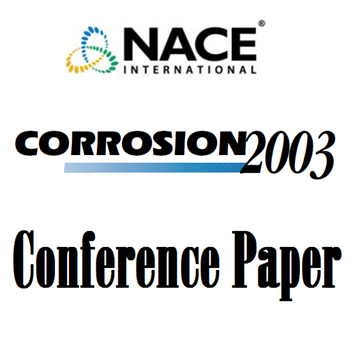Search
97392 PROTECTION OF REINFORCED CONCRETE PIPE AGAINST MICROBIAL INDUCED CORROSION
Also Purchased
96482 A PERFORMANCE EVALUATION OF INTERNAL LININGS FOR MUNICIPAL PIPE
Product Number:
51300-96482-SG
ISBN:
96482 1996 CP
$20.00
03060 HYDROGEN SULFIDE AND MICROBIOLOGICALLY INFLUENCED CORROSION OF CONCRETE, STEEL AND DUCTILE IRON IN WASTE WATER FACILITIES
Product Number:
51300-03060-SG
ISBN:
03060 2003 CP
Publication Date:
2003
$20.00
05068 Emerging Corrosion Prevention and Control Technologies for Wastewater Treatment Plants
Product Number:
51300-05068-SG
ISBN:
05068 2005 CP
$20.00




